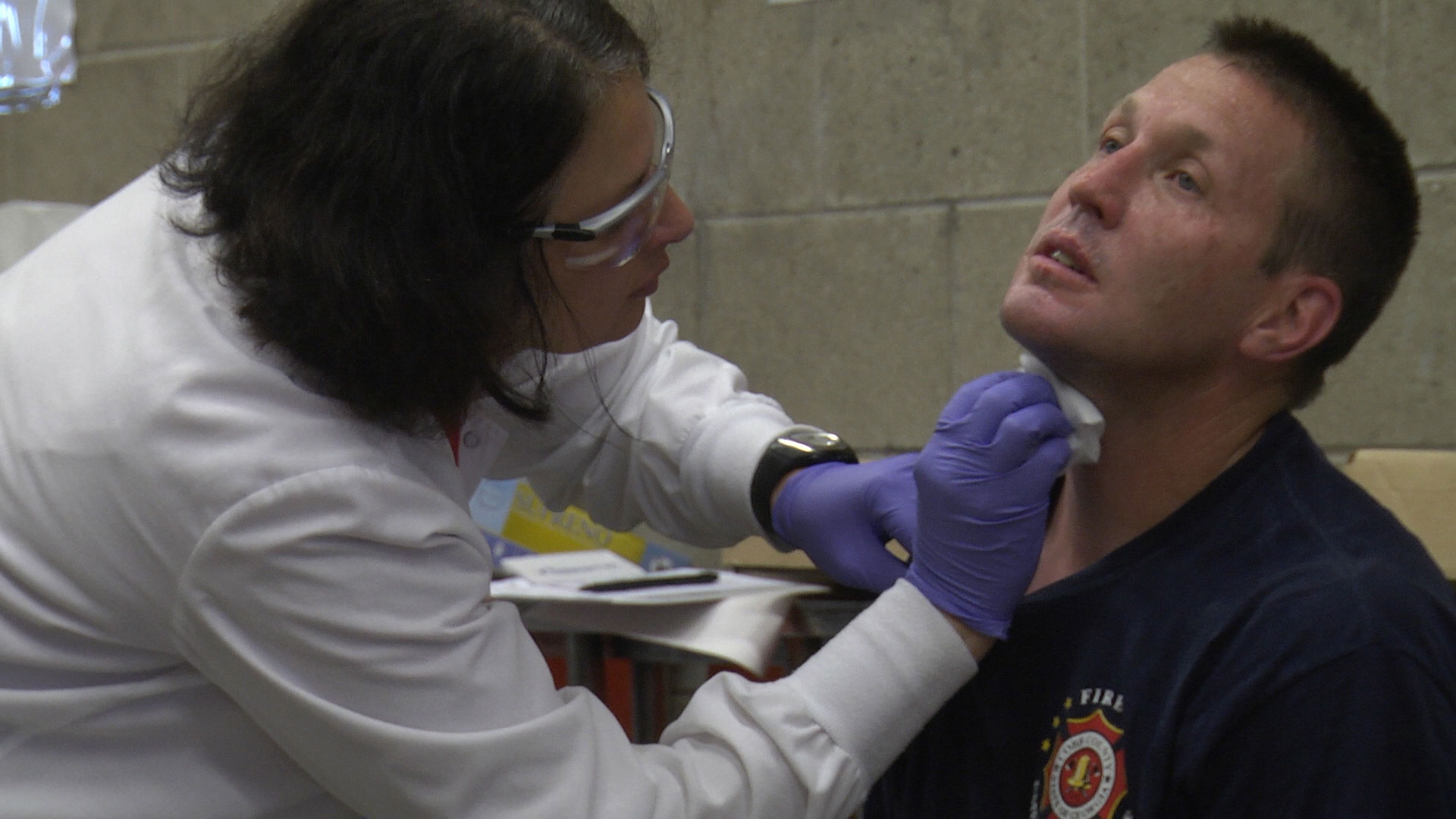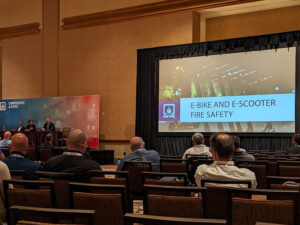Journal Article Studying Firefighter Exposure to Potentially Carcinogenic and Hazardous Materials Makes Nature.com ‘Best of’ List

The Journal of Exposure Science & Environmental Epidemiology showcased a 2019 journal article from UL’s Fire Safety Research Institute (FSRI) — Firefighters’ absorption of PAHs and VOCs during controlled residential fires by job assignment and fire attack tactic, to their “best-of” list of articles published in 2018 and 2019. This list, which is accessible from Nature.com is described as, “a selection of articles from 2018 and 2019 which top the list of the journal’s most cited, most read and most shared (including press coverage and Twitter).”
Over the past six years, FSRI has conducted a series of studies in collaboration with the National Institute for Occupational Safety & Health (NIOSH) and the University of Illinois Fire Service Institute (IFSI) to characterize the Cardiovascular and Chemical Exposure Risks in Today’s Fire Service. To date, this project has resulted in 16 peer-reviewed archival publications, including this one, as well as numerous multimedia tools that translate these scientific findings into instructional material that firefighters can apply in real-world situations.
One large component of this study focused on the risks firefighters face while operating on the fireground. Using a full-scale residential style test structure, teams of 12 firefighters responded to typical room and contents fires to better understand how operating in an environment typical of today’s fireground impacts cardiovascular strain and chemical exposures as related to carcinogenic risk. In particular, products of combustion from these residential fires were tracked from the source (furnishings), to the concentrations measured in the air inside the burning structure (environment), to what was found on the firefighters turnout gear (equipment), and to what eventually made it in to the firefighters (individual).
This manuscript focuses on the absorption of combustion byproducts during firefighting through biological monitoring (breath and urine) on firefighters who responded to controlled residential fires and examined the results by job assignment and fire suppression tactic. Dermal absorption (through the skin) likely contributed to firefighters’ exposures in this study. We found that firefighters’ exposures vary by job assignment and can be reduced by employing alternative tactics when feasible. This study adds to the understanding of firefighters’ biological uptake of toxicants during structural firefighting and elucidates the effect of job assignment and fire suppression tactic on the biological levels.
As engagement with this study increases, we hope that our research continues to provide value as the fire service makes improvements to its policies and procedures to manage firefighters’ exposures.
PUBLISHED









